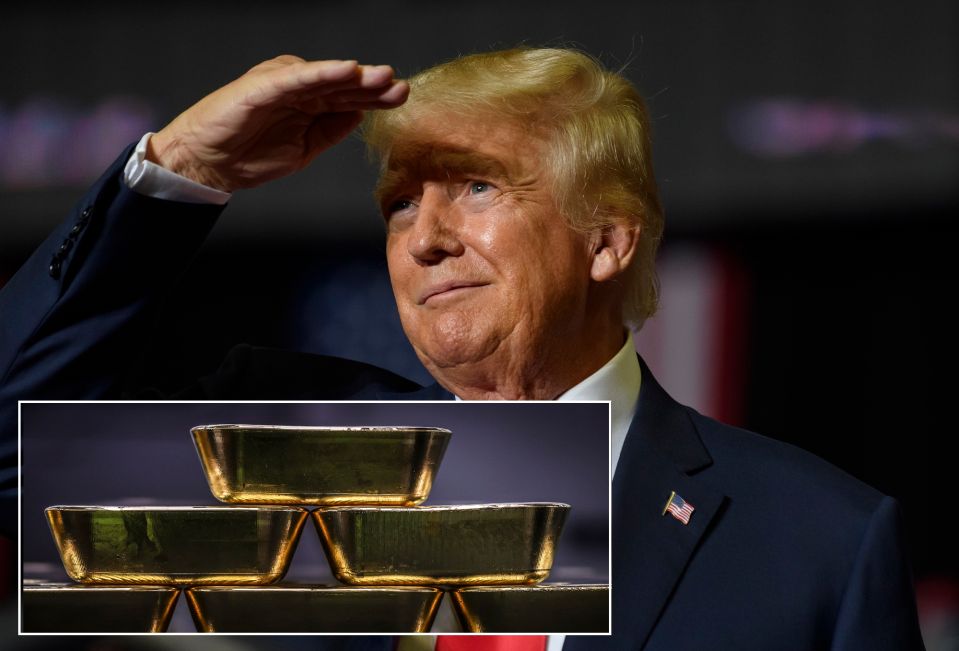- A new book on former President Trump reveals several details of the way he operates, including accepting lease payments in gold bullion and bringing them to his Trump Tower apartment.
Former President Donald Trump used to be paid in cash for some of his properties, but on one occasion one of his landlords had to pay him in gold bullion.
This is revealed in a book by The New York Times journalist Maggie Haberman, entitled “Confidence Man: The Making of Donald Trump and the Breaking of America” (“Confidence Man: the creation of Donald Trump and the emergence of the United States ”).
The man who paid the former president in gold was someone who rented a parking lot, which was located in the General Motors building in Manhattan and was bought by Trump in 1998, according to the book.
The payment was made by APMEX CEO Michael Haynes as a deposit for a commercial lease for the 50th floor of the 40th Wall Street building. The payment occurred on Thursday, September 15, 2011.
Haberman’s sources indicate that although he accepted the gold, former President Trump “had no idea” what to do with it, so he took it to Trump Tower on Fifth Avenue, according to an early preview of the report.
Matt Calamari, who was a security guard turned CEO of the Trump Organization, was asked by the former president to bring the bars to his Trump Tower apartment.
However, it is not known what happened to the gold bars, although even Calamari’s lawyers were questioned.
The former president called that claim a “fantasy,” according to the report.
The book aims to reveal various details of the way in which the former president operates and some of his main problems, including financial ones, which led to borrowing “millions of dollars” from some of his executives, such as the case of George Ross, according to Habermann.
The former president faces a civil lawsuit from the New York Attorney General’s Office for fraud with his properties; the authorities demand $250,000 million dollars.
In addition to this, Attorney General Letitia James sent the case to the Southern District Court of New York, for a possible criminal case, as well as to the IRS, to investigate tax fraud.

